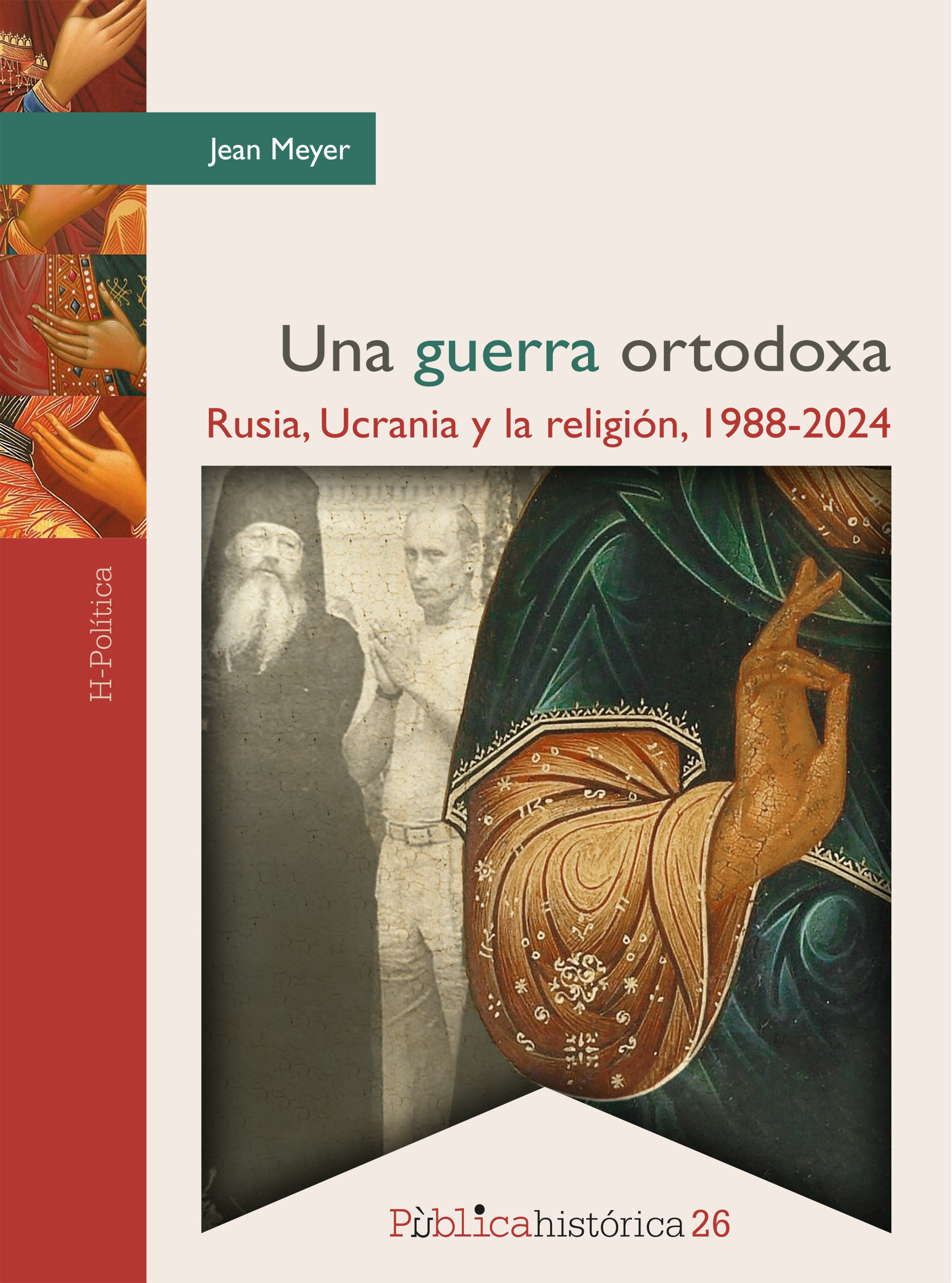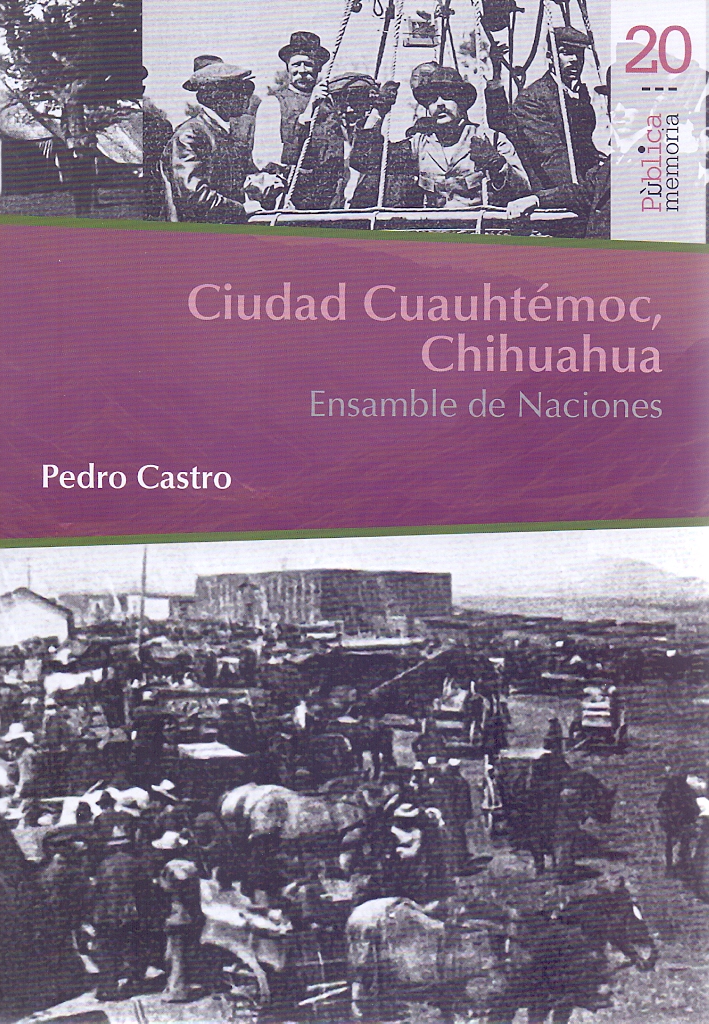Libros relacionados
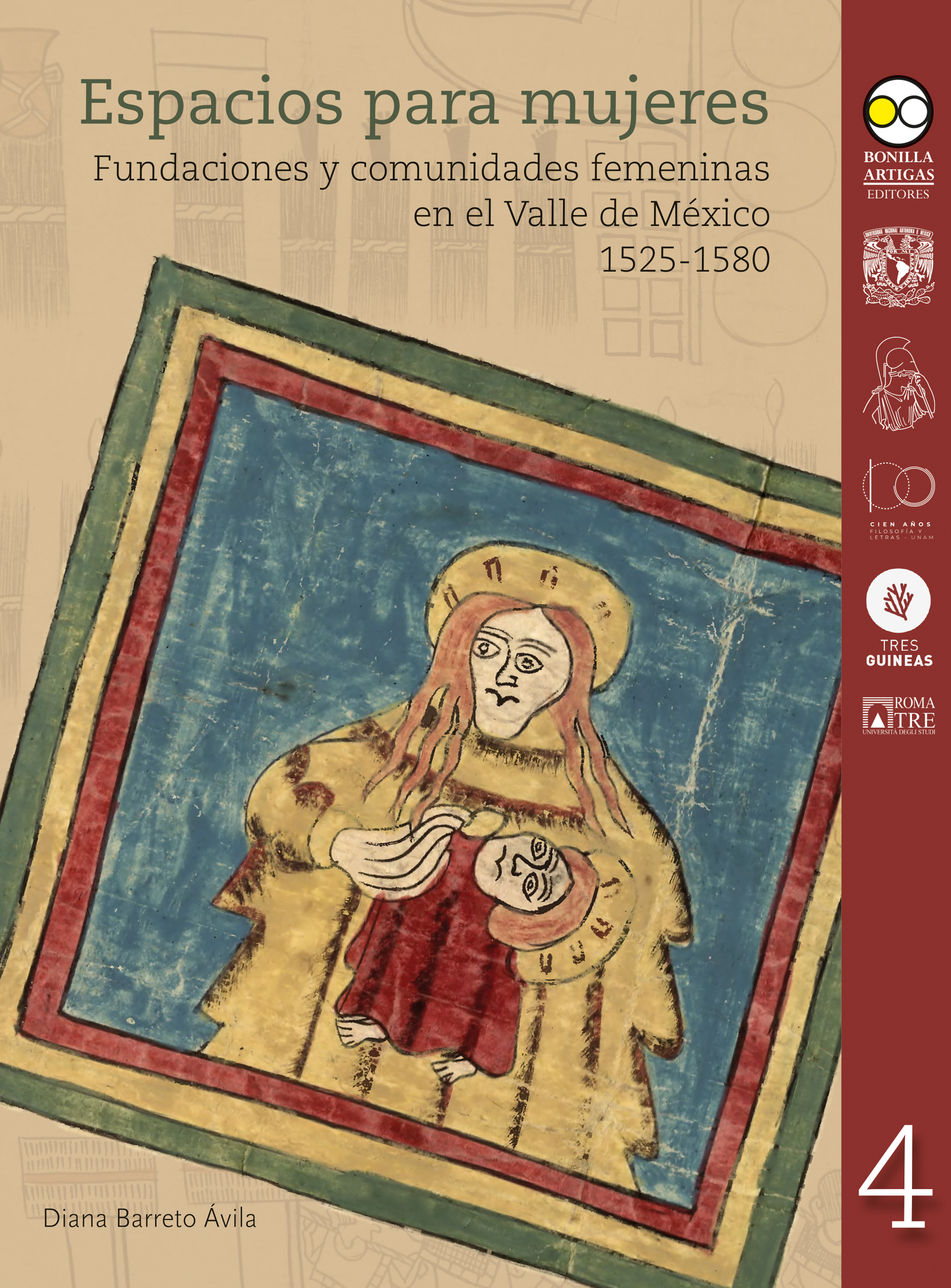 |
Espacios Para Mujeres: Fundaciones y Comunidades Femeninas en el Valle de Méxic Barreto Ávila, Diana Bonilla Artigas Editores |
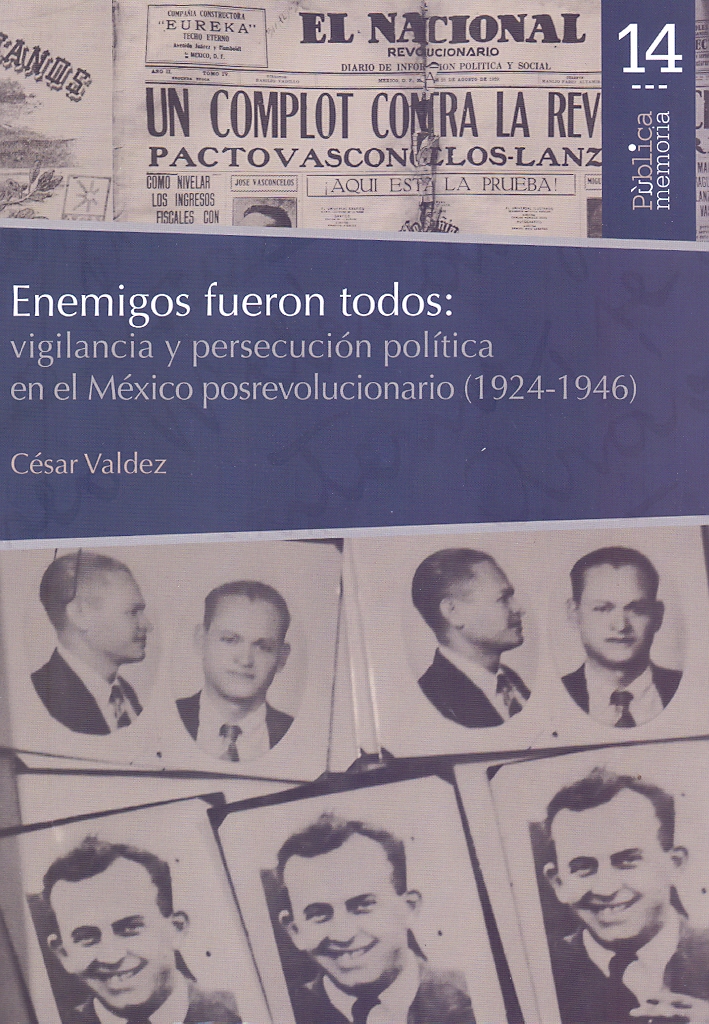 |
Enemigos Fueron Todos: Vigilancia y Persecución Política en el México Posrevoluc Valdez César Bonilla Artigas Editores |
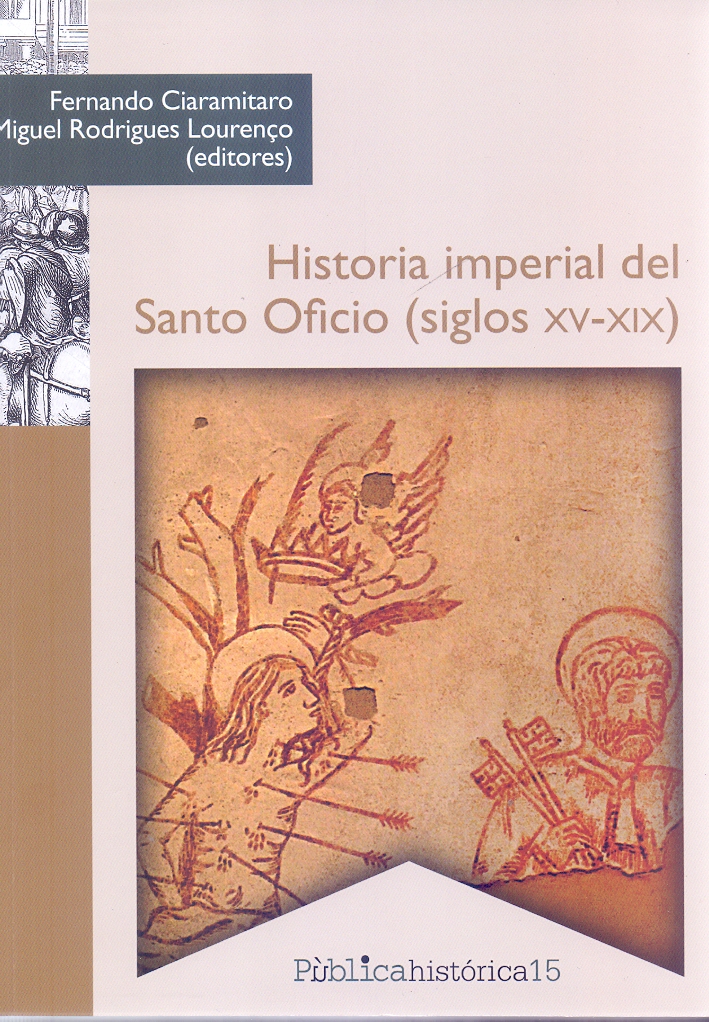 |
Historia Imperial del Santo Oficio (Siglos XV-Xix) Fernando Ciaramitaro, Miguel Rodrigues Lourenço Bonilla Artigas Editores |
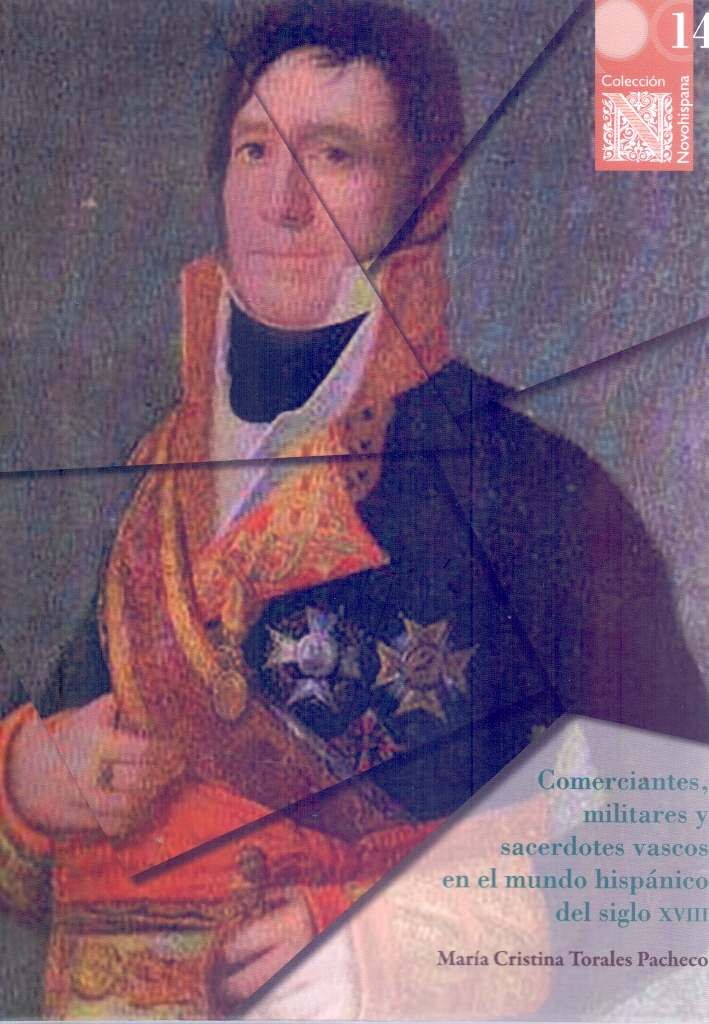 |
Comerciantes, Militares y Sacerdotes Vascos en el Mundo Hispánico del Siglo XVII Torales Pacheco, María Cristina Bonilla Artigas Editores |
 |
El Crisol y la Flama: Grupos Sociales y Cofradías en Pátzcuaro (Siglos XVI y XVI Flores García, Laura Gemma Bonilla Artigas Editores |
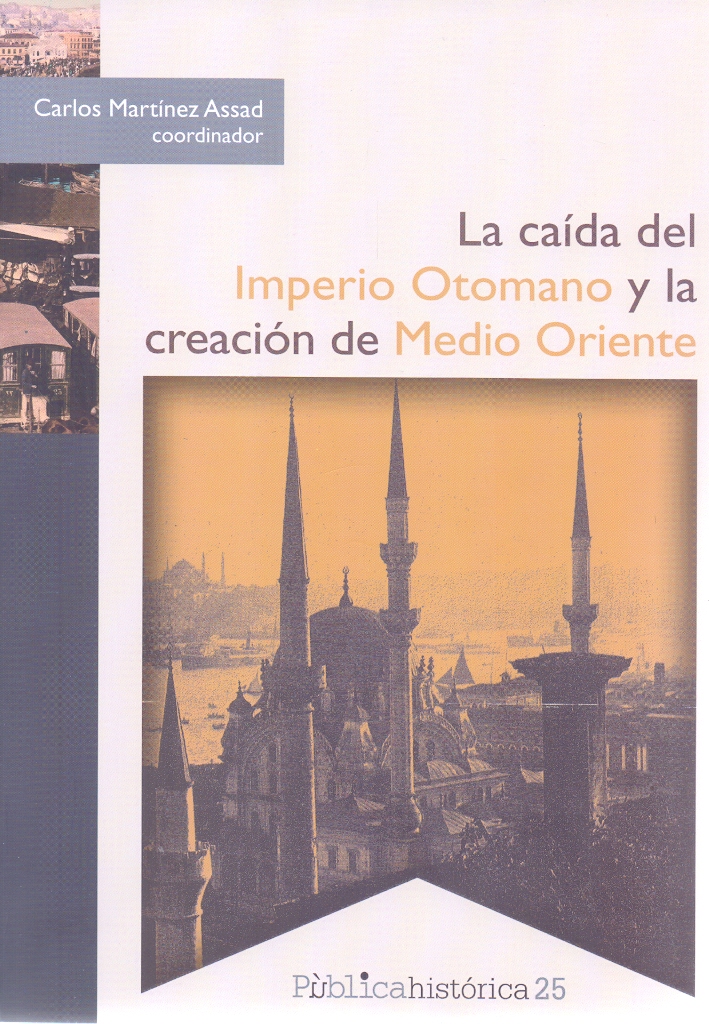 |
La Caída del Imperio Otomano y la Creación de Medio Oriente Carlos Martínez Assad Bonilla Artigas Editores |
 |
Exilio Español y Su Vida Cotidiana en México, El. Serrano Migallón, Fernando; Woldenberg José Bonilla Artigas Editores |


|
Título: Nahuatl Theater Vol 3. Spanish Golden Age Drama In Mexican Translation | |
| Autor: Sell Barry | Precio: $750.00 | |
| Editorial: University Of Oklahoma | Año: 2008 | |
| Tema: Historia, Mexico | Edición: 1ª | |
| Sinopsis | ISBN: 9780806138787 | |
| Nahuatl Theater, Volume 3 presents for the first time in English the complete dramatic works of Alva, the only known plays from Spain's Golden Age adapted into the lively world of Nahuatl-language theater. Alva's translations--"The Great Theater of the World," "The Animal Prophet and the Fortunate Patricide," "The Mother of the Best," and a farcical intermezzo--represent ambitious attempts to add complex, Baroque dramatic pieces by such literary giants as Lope de Vega and Pedro Calderón de la Barca to the repertory of Nahuatl theater, otherwise dominated by sober one-act religious plays grounded in medieval tradition. The Spanish sources and Alva's Nahuatl, set on facing pages with their English translations, show how Alva "Mexicanized" the plays by incorporating Nahuatl linguistic conventions and referencing local symbolism and social life. In their introductory essays, the editors offer contextual and interpretive information that provides an entrée into this rich material. | ||
Librería Bonilla SA de CV © Todos los derechos reservados. 2019
Última actualización: Jul 2019



